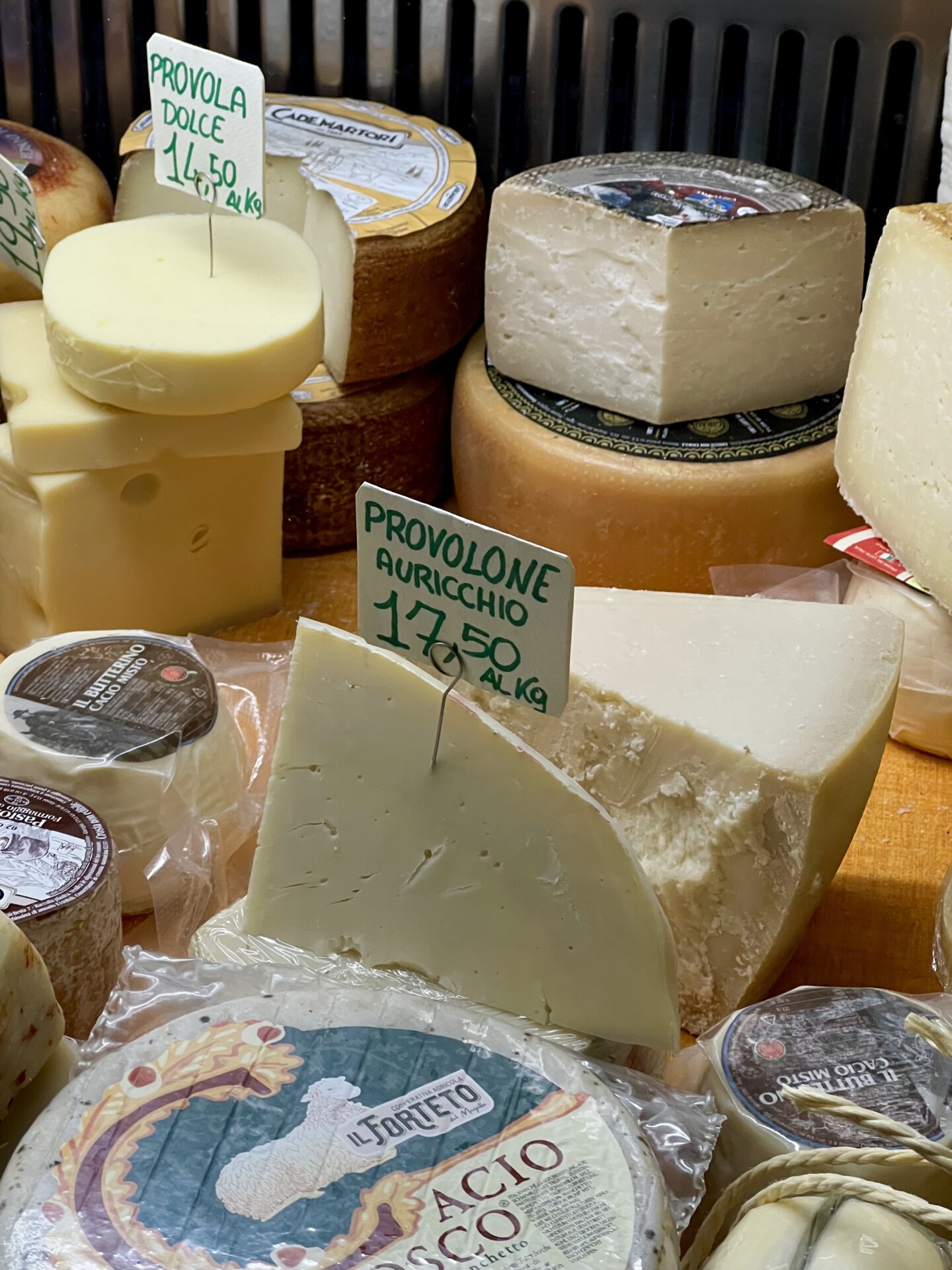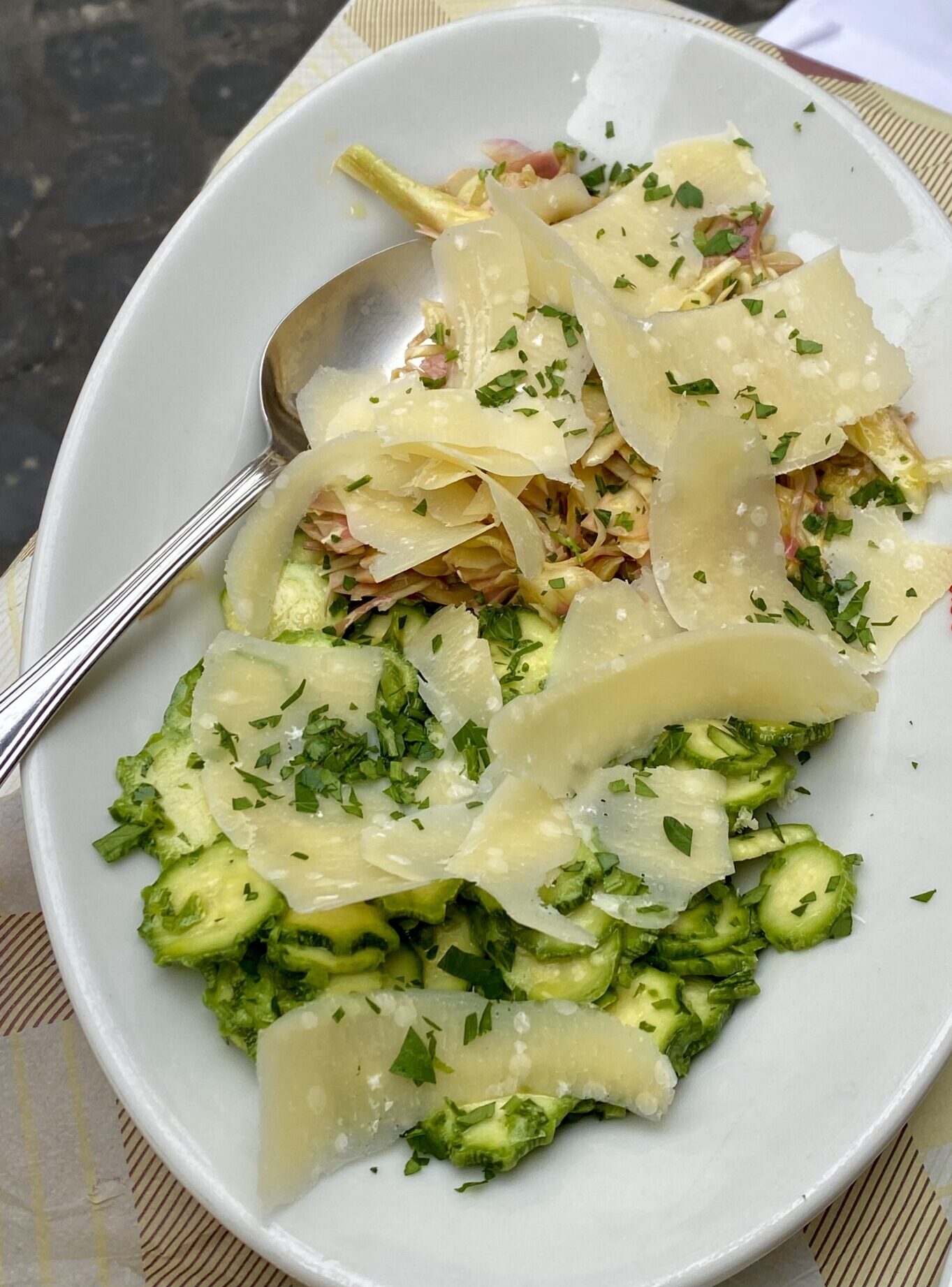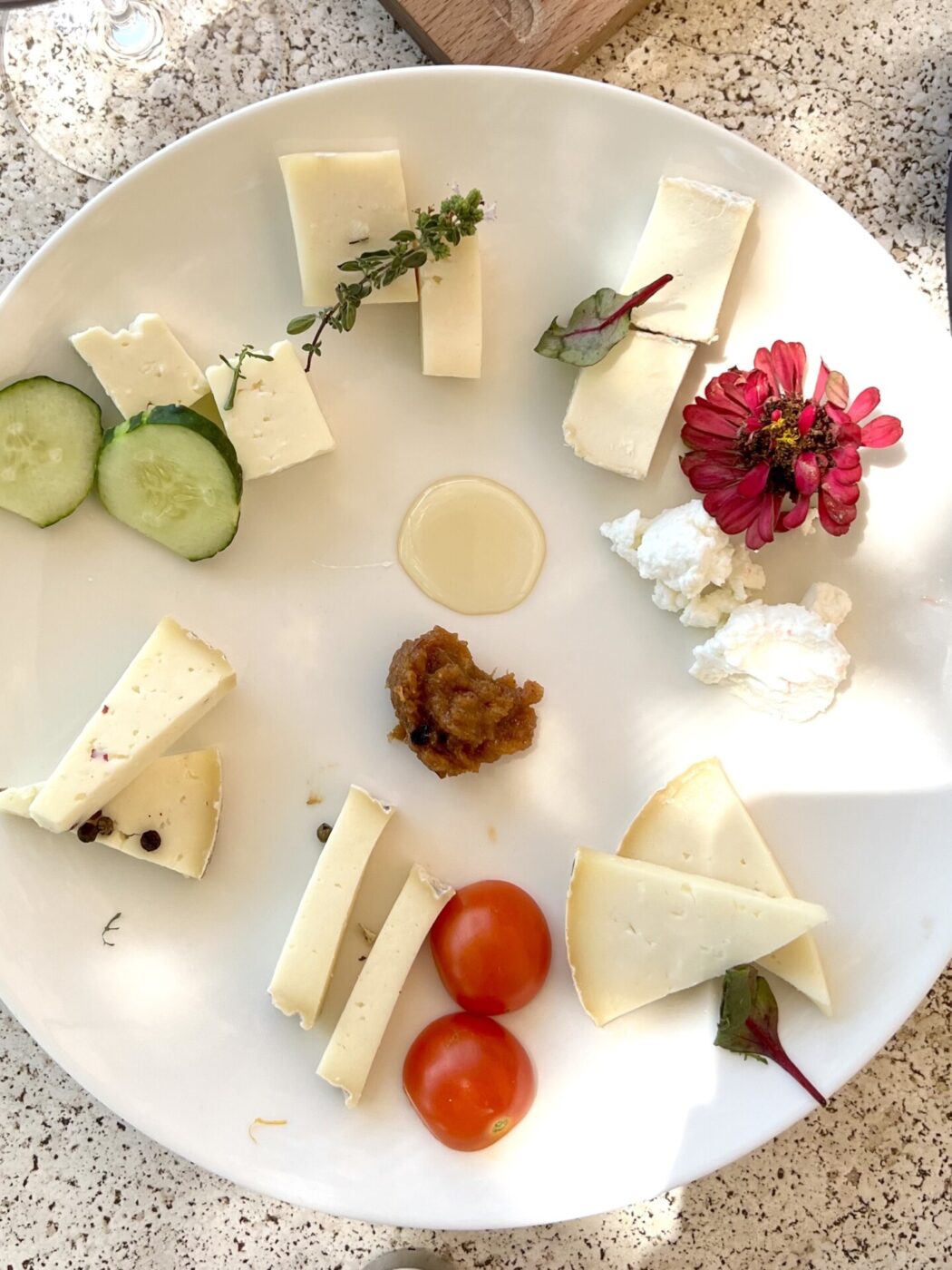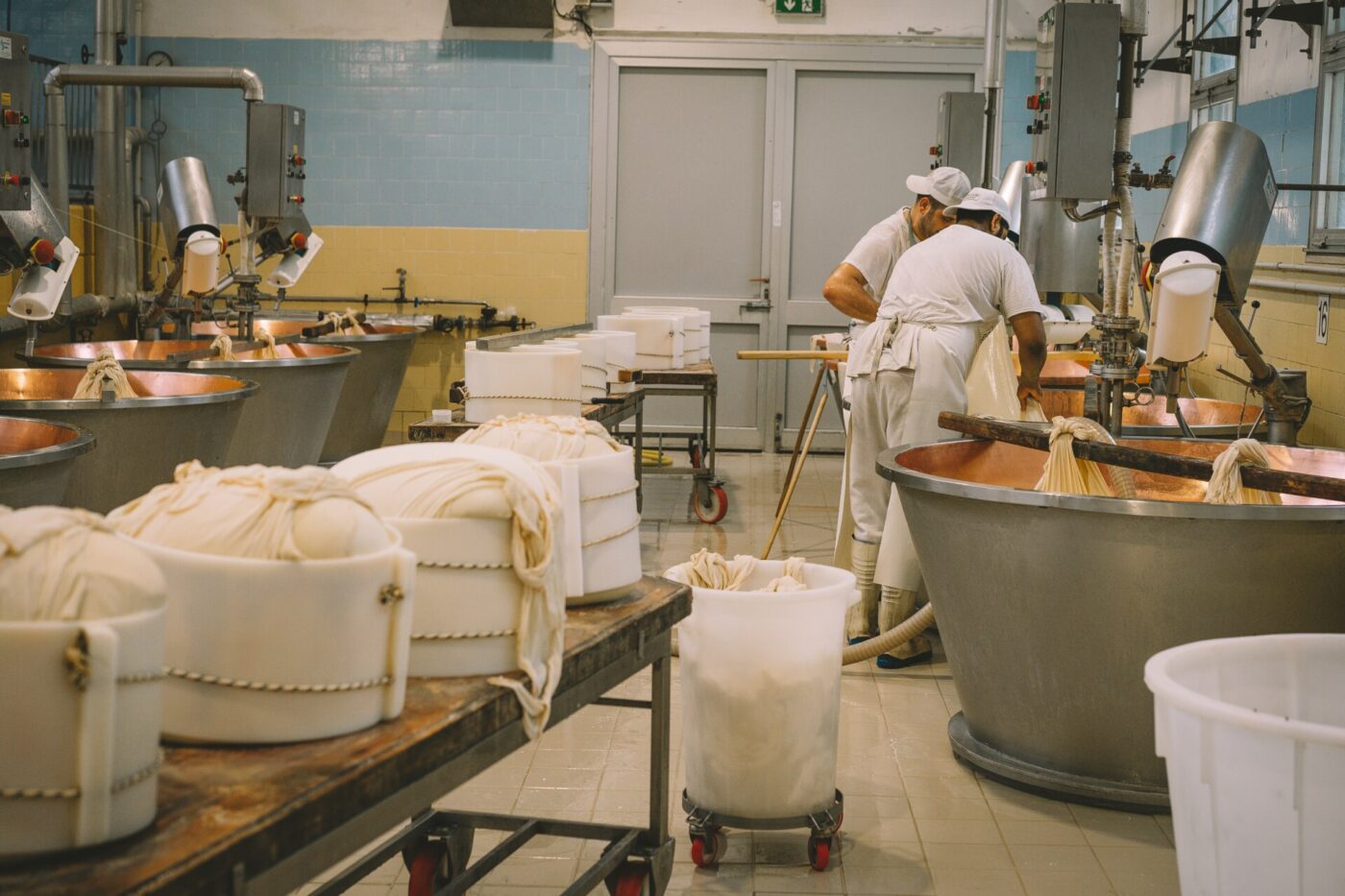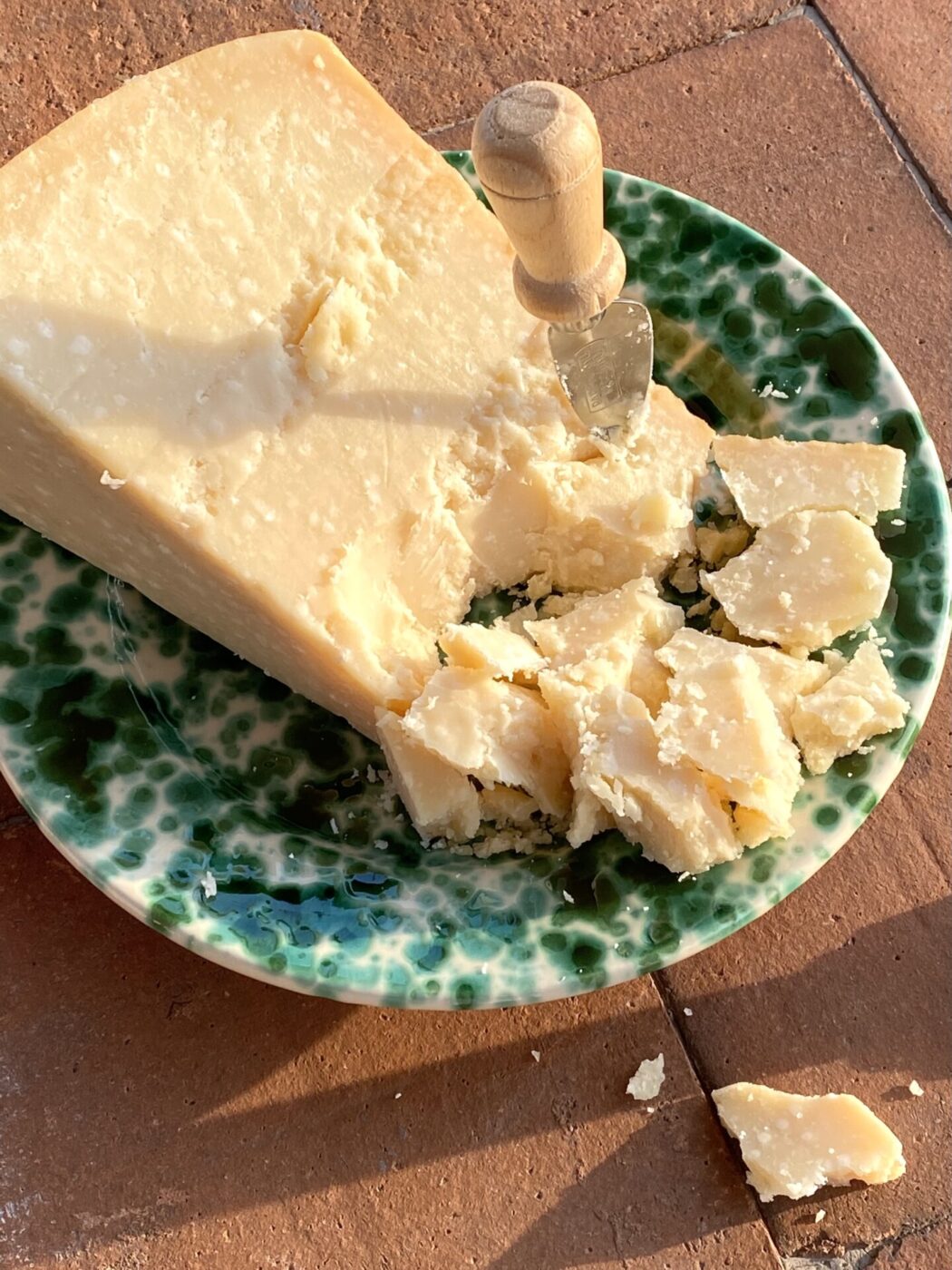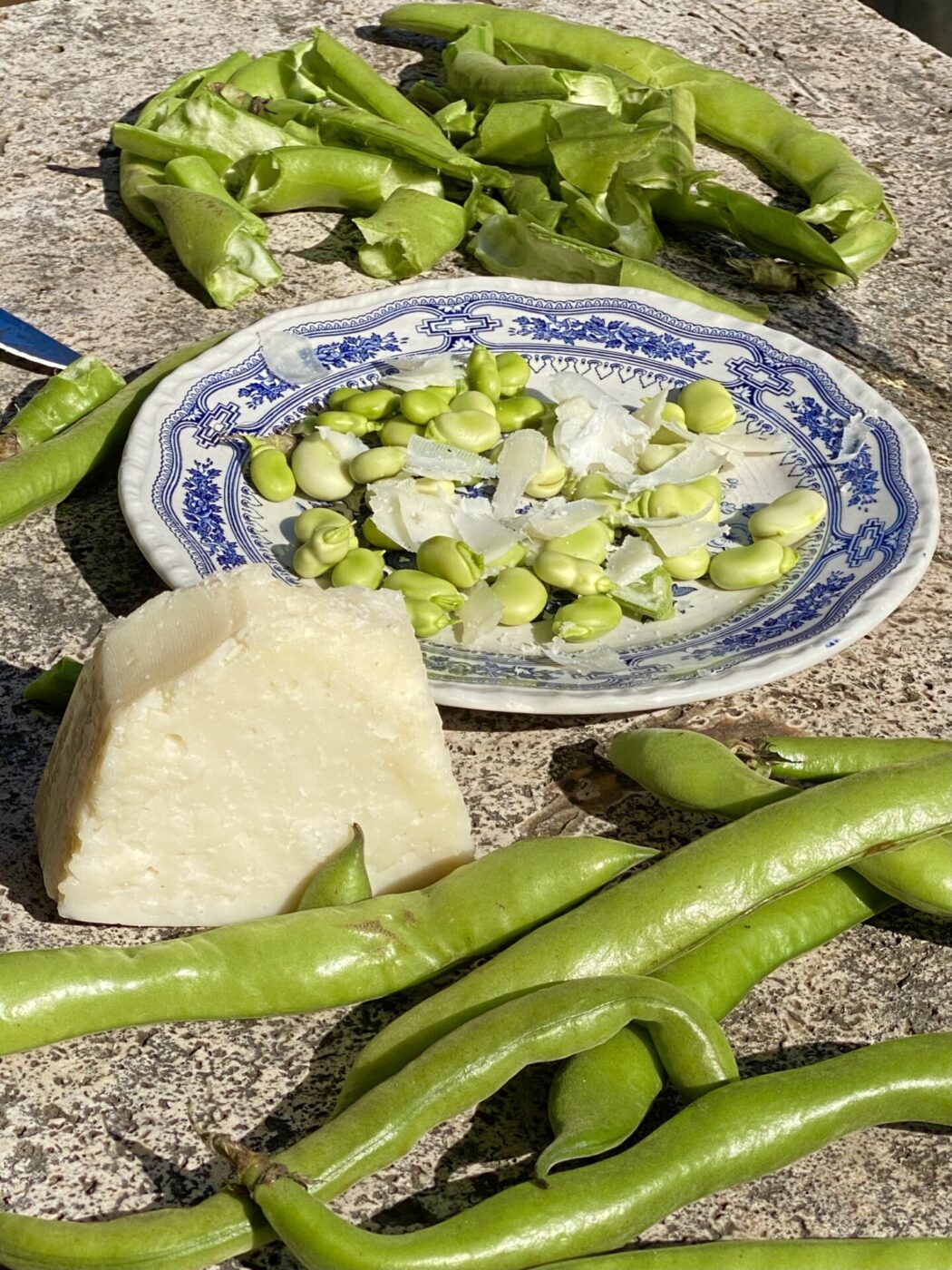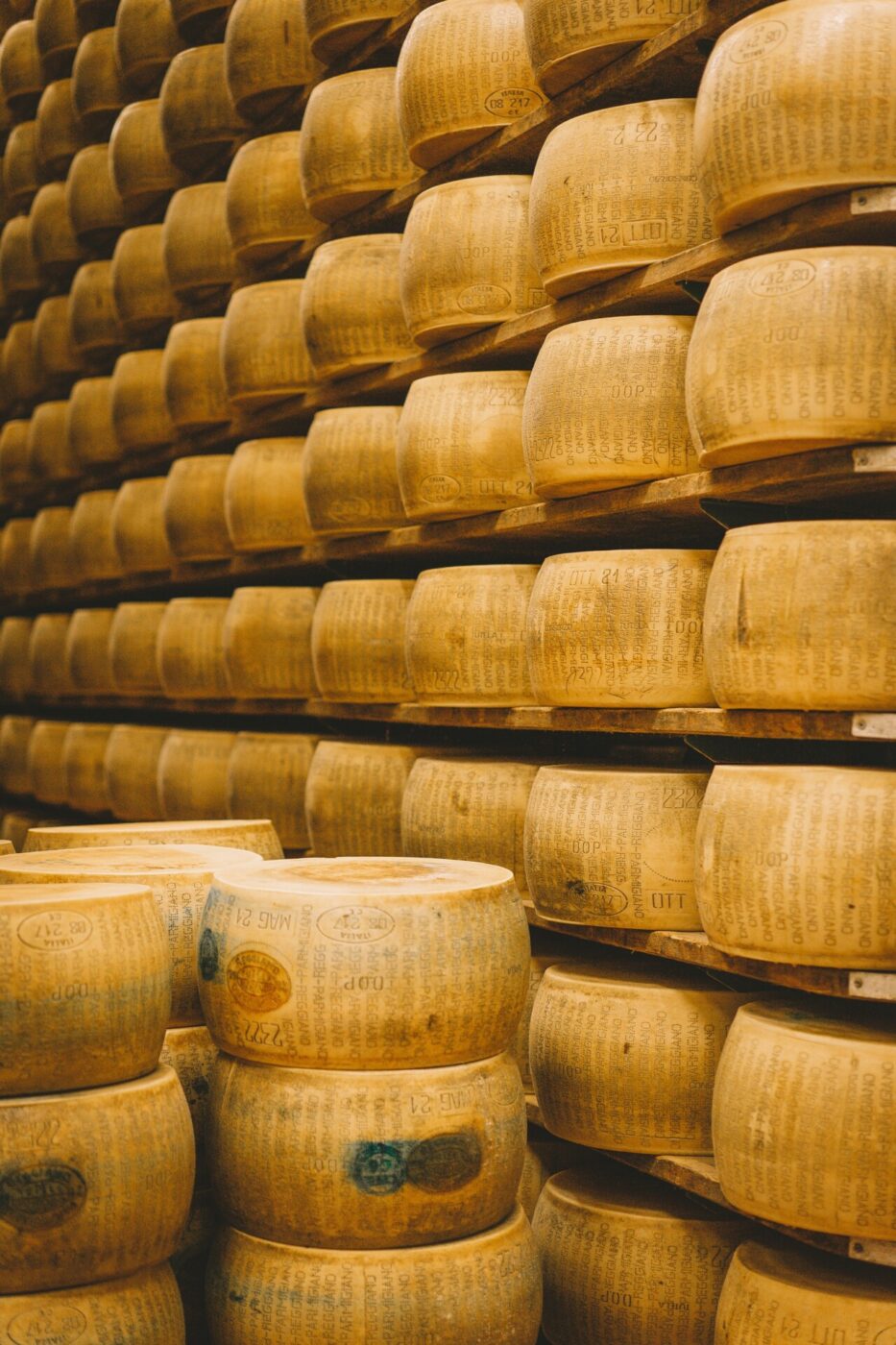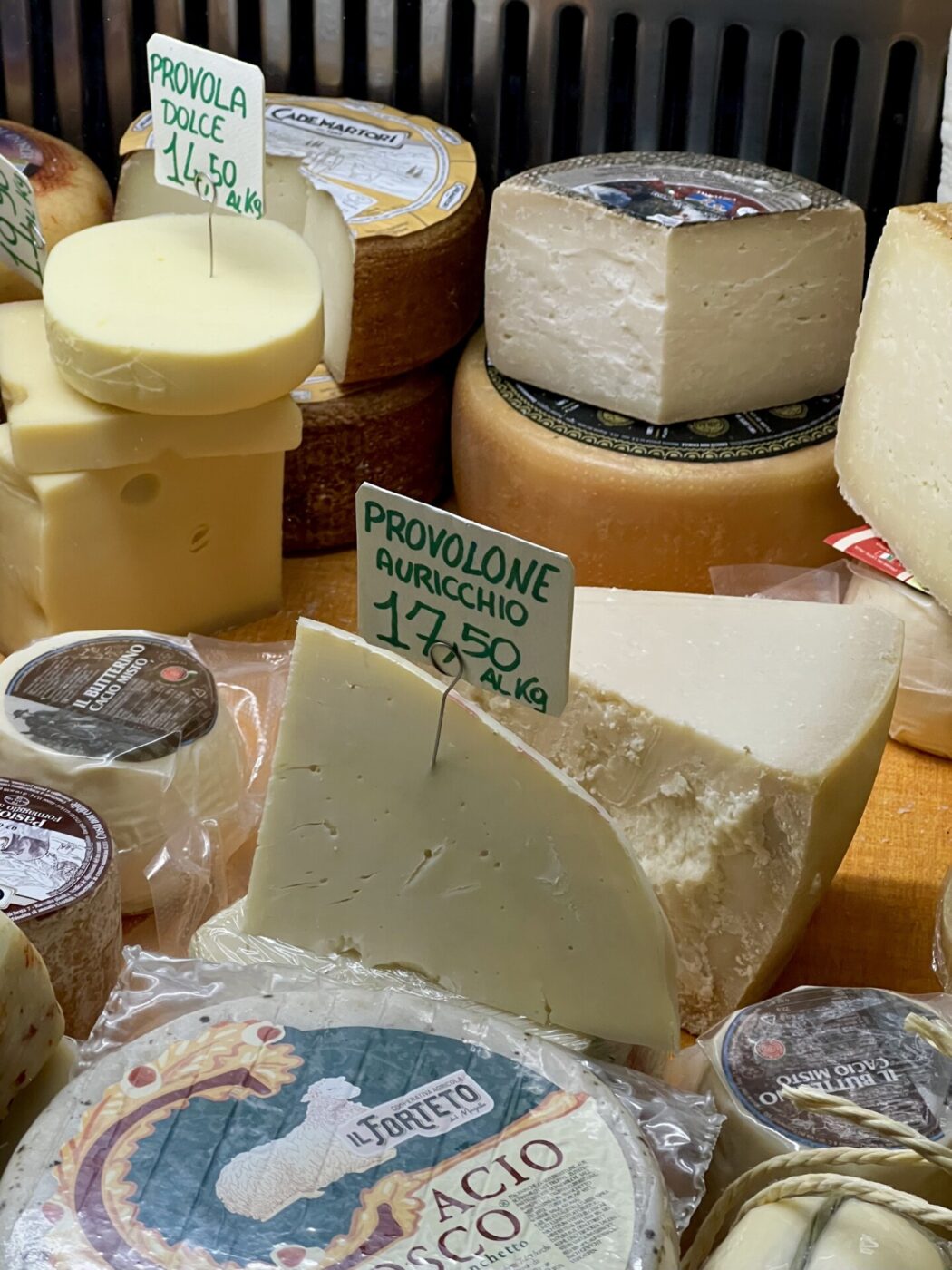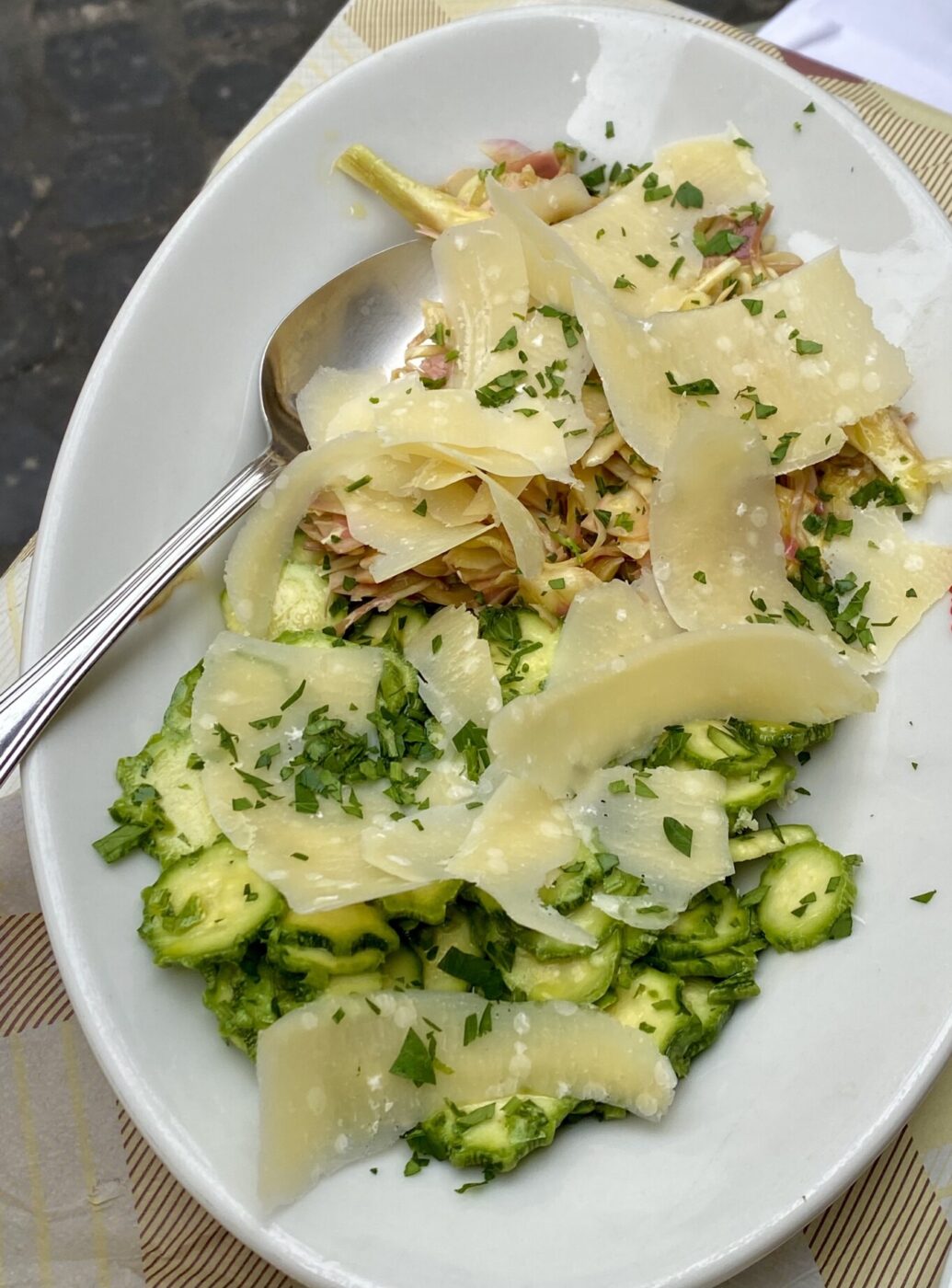Cheese is my weakness, my kryptonite, my Achilles heel. I’m no snitch, but I could probably be tempted to release some secrets if a sharp enough cheddar was dangled in front of me while under duress. This dairy product might be my downfall hypothetically, but for those with lactose intolerance, a bite of brie or a bit of butter could be a much more literal kind of downfall. Unfortunately, I have sent a roommate to the bathroom once (or twice) with my kitchen slip-ups, resulting in a painful lesson learned in remembering to let him know ahead of time so he can take his pills.
For most folks, popping a lactase pill won’t have any effect on their digestion–humans already possess naturally-occuring lactase in our digestive system that allows for the breakdown of lactose, the milk sugar present in animal-based milk (including human). Many of us have had lactase in our systems since birth, since we needed it once upon a time to digest our mother’s milk. However, we can lose some of that lactase over time and with age, get sick with something that affects our lactase production, or even be born without it (in very few cases). Whatever or however, less lactase means less ability to digest lactose, and thus, dairy products of all kinds.
It may come as a surprise, then, that there’s a decent amount of lactose intolerance in the Mediterranean–afterall, the entire region is a cheese-lover’s paradise. According to a study published in The Lancet in 2017, about 72% of Italy is estimated to have some sort of lactose intolerance–a higher percentage than one might initially think. Spain clocks in at 29%, France with 36%, Greece with 55%, Algeria with 62%, and Tunisia with 84%–all Mediterranean regions, all varied across a spectrum, all producers of some kind of cheese.
All hope is not lost, though, as Italy can still be a refuge for those who are wary of and worried about enjoying the country’s cheese culture. Boasting traditions of non-cow cheeses, aging, and unique production methods, there are tasty options throughout the entire country.

A tasting of dairy-free cheeses
Non-Cow Cheese
Although it’s not by much, cheese made with sheep’s or goat’s milk tends to have lower quantities of lactose than that made from cow’s milk. Again, it’s not by much (less than 1% difference), but that little bit could be the deciding factor between enjoying seeing the sights or sitting out for the day. More often than not, and according to many studies, sheep’s milk cheeses will be nearly lactose-free, whereas you might be gambling a bit with goat’s milk cheeses. The longer it’s aged, the better.
Aging
“Age is not important unless you’re a cheese,” said Helen Hayes. Boy, was she right. Aging is an important factor in how digestible cheese becomes: as lactose is present in fresh cheeses, it begins to break down and transform during aging and maturation, becoming lactic acid. Ever had a piece of older, more mature cheese and gotten a bit of crunch out of it? Those are calcium lactate crystals, created when that lactose turns into lactic acid and joins forces with calcium. Those crunchy crystals are entirely digestible, and sometimes even sought after in cheese production. The older, the better for the lactose-free friends! (My aforementioned roommate only goes for cheeses aged for 26 months or more, while others are okay going down to 18 months. Knowing your cheese age marker might take some trial and error, as lactose intolerance can be a spectrum. Sample multiple ages over time to see which sits with you best.)
Production Methods
Ancient stone caves, processes of particular order and care, added ferments, bacterias, and formulas–these are just a few of the ways that cheese becomes naturally lactose-free through unique production methods. Some cheeses have found their way to being lactose free not with intention, but as an unforeseen consequence of experimentation. (Gorgonzola is an unexpected member of this category!) Kept as secrets or fables of time-old traditions, cheese lovers can find fiction and faith in select cheese producers who are making their cheeses as they’ve always been made, resulting in something yummy–and digestible.

The Encyclopedia of Digestible Italian Cheese:
From A to Z (well, a good part of the alphabet), the Italian peninsula is full of formaggi for your lactose-limited degustazione:
Asiago: Named after its location in Veneto, this PDO cheese can be consumed both fresh and aged with varying levels of maturation, from mere days to over a year. It’s made from cow milk, though, so lean towards the more mature varieties.
Bitto: Hailing from the hills of Lombardy, this cheese is named after the river that carves its way through the landscape. Produced in the mountain pastures in summer, the sweet and aromatic taste becomes more pronounced in varieties with cow and goat milk. Aged for a minimum of 70 days, waiting a bit longer to consume will ensure this is in the safe category.
Caciocavallo Silano: This cheese is claimed to be one of the oldest recorded cheeses of Italian gastronomy–Hippocrates speaks about “cacio” in one of his books on art and cooking. Though caciocavallo as a cheese can be found all over Italy, this one is made in the mountain plateau of Calabria called the Sila. It is produced with cow’s milk and supplemented with rennet from veal or goat, and is usually aged for a few months but can reach even a year.

Caciocavallo Silano, courtesy of Bottega di Calabria
Fiore Sardo: This “Sardinian Flower” is not actually a flower, though its namesake likely comes from the floral markings carved into the cheese mold. Other sources say that native flowers were added in the cheesemaking process to yield rennet. Either way, this is a unique cheese steeped in tradition, only being produced from the milk of the native Sarda sheep. In more mature form, one can expect an intense, aromatic, and crumbly straw-colored cheese.
Gorgonzola: Not often do lactose-free folks get a chance to eat a softer cheese, but that’s what this cheese gives: blue-veined, creamy and soft with crumbly bits and intense flavors. A surprisingly highly digestible cheese, the responsible player is the presence of Penicillium–also found in other soft, blue, distinctive cheeses. The longer it’s aged, the better, as this is still a soft cheese. Proceed with conscious consumption.
Grana Padano: A well-known household name in the cheese world, this cow’s milk cheese is a sure bet. “Grana can only be Padano,” according to its PDO status, as the “grainy” structure can only be made within the “Valle Padana,” the Po River Valley. Straw-colored with grainy, flaky structure, this can be found at various maturation stages–for those with particularly sensitive systems, going for the “Riserva” will guarantee you a well-matured cheese over 20 or 24 months.

Montasio: Lesser-known but covering a decent production area, this cheese comes from Friuli Venezia Giulia and Veneto. As with other cheeses on this list, it comes in four stages of maturation, the longer two being Aged, with over ten months, and Stravecchio, over 18 months. The taste is pleasantly sharp with a hard rind–don’t throw it out, rather use it in a soup!
Parmigiano Reggiano: Perhaps one of Italy’s best-known cheeses, and one that unfortunately gets inappropriately reduced to “parmesan” outside of its home–hardly a formidable counterpart. Reggio Emilia is home to this famed formaggio, giving consumers a spectrum of maturation options: 12-19 months, 20-26 months, 27-34 months, 35-45 months, 46-79 months, and over 80 months. Stick to ones aged longer than 24 months and you should be just fine, lactose-wise.
Pecorino: Like caciocavallo, a few places in Italy make pecorino, each with unique profiles depending on region and maturation. Literally meaning “sheep”, it is a hard, salty cheese made with sheep’s milk. The four main pecorino players are Pecorino Romano (Lazio), Pecorino Sardo (Sardinia), Pecorino Siciliano (Sicily), and Pecorino Toscano (Tuscany). Similar to other older cheeses, the longer the maturation, the more “salty,” potent, and crumbly the cheese will be–and the more easily digestible.

Fava e Pecorino
Stelvio: Also known as Stilfster or Stelvo, this cheese is a relatively “new” cheese to the scene. A mountain cheese from the Alpine region of South Tyrol, it’s on its own in the PDO category–the first and only of the region, that is. The recipe has been around since the beginning of the 20th century, with a unique, aromatic, and intense taste with hints of wood as the aging process happens on wooden planks.
Taleggio: Another Northern and Alpine cheese, this cheese has a unique aesthetic: presented in square form, unlike its very common round counterparts, and sports a slightly pinkish color due to the sponge bath it gets during aging. The texture is unique, often being softer closer to the rind and almost crumbly towards the center–this cow’s milk cheese is a sweet experience.
Valtellina Casera: This cheese is considered the counterpart to Bitto, as it is produced mainly in the autumn, winter, and spring months in the same region. It is a sweeter cheese, ranging from white to straw-yellow, with accentuated fragrances of dried fruits and hay. It can be found in aged form (over 300 days!), becoming more crumbly and intense. To be savored slowly.
So, go forth. Eat the cheese… just keep these in mind so you get to see more of Italy and less of the bathroom.



